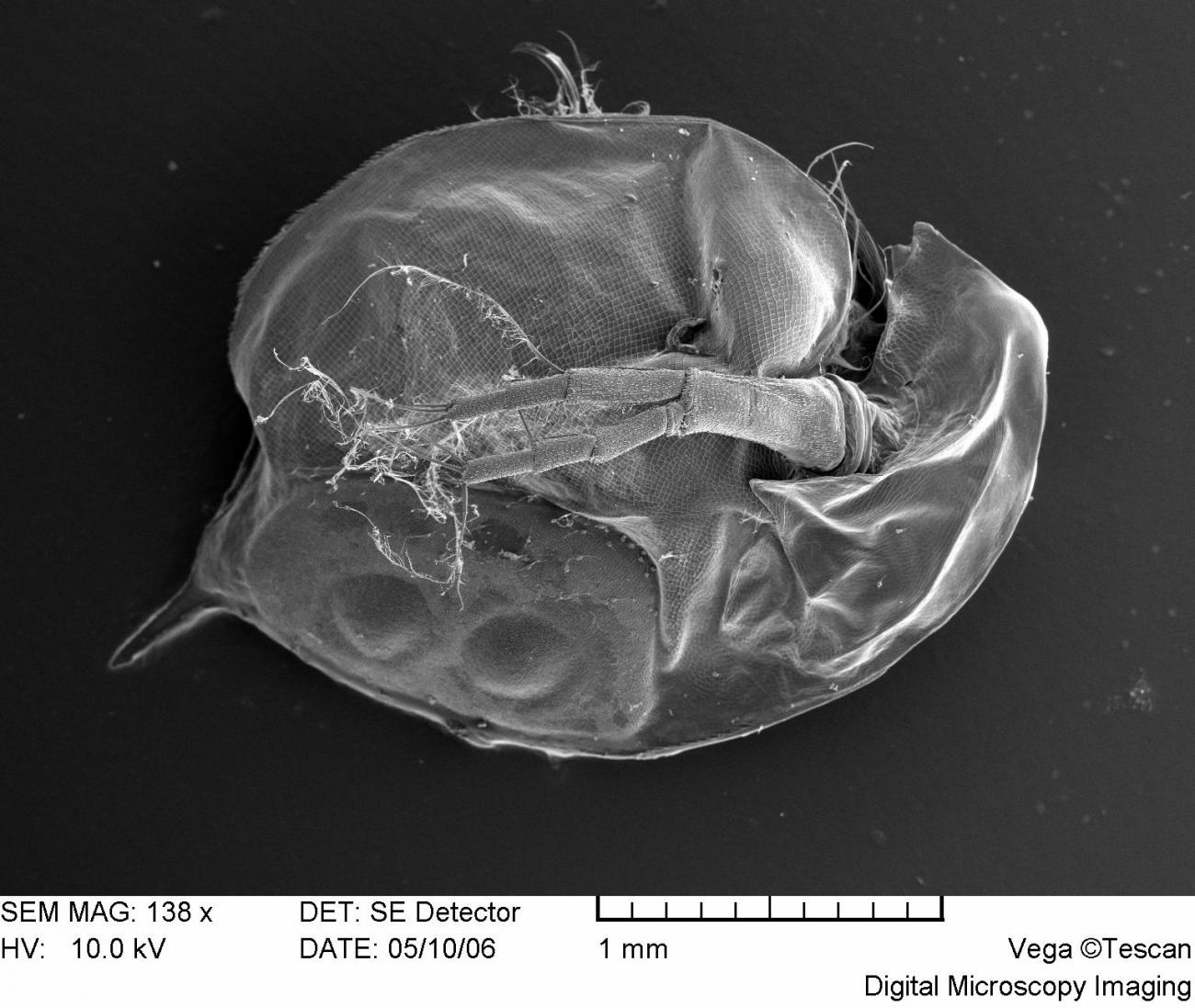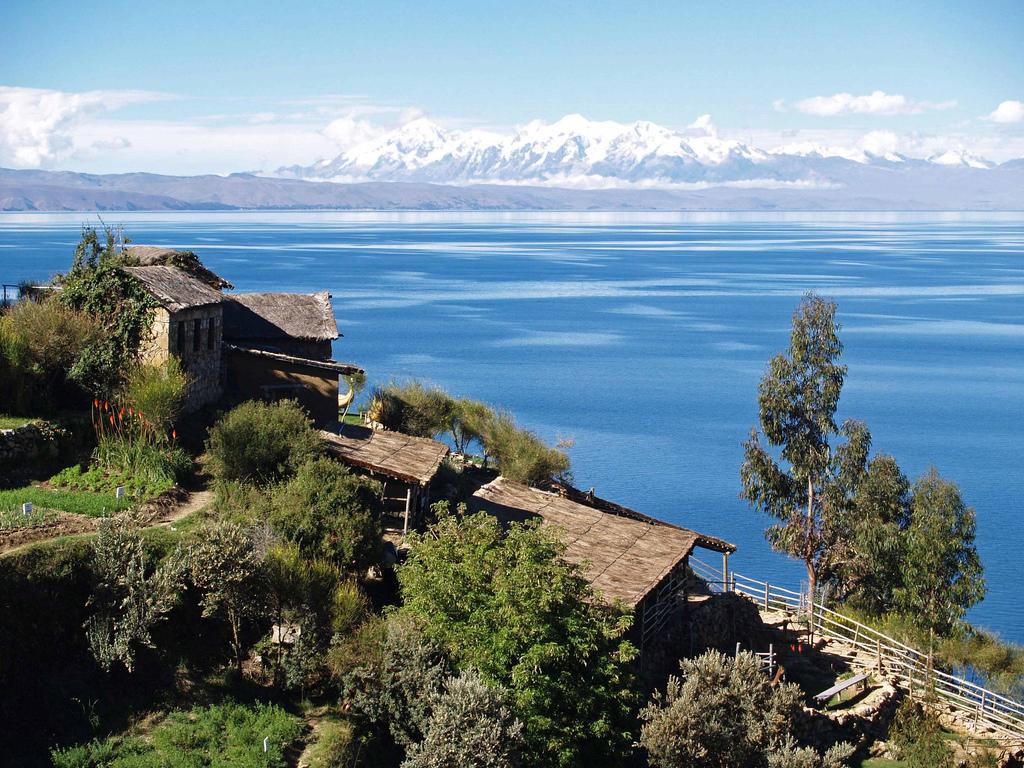
Daphnia magna is a Holarctic cladoceran and a popular model organism, especially for ecotoxicological studies. Researchers from the Laboratory of Aquatic Community Ecology and Invasions of the A.N. Severtsov Institute of Ecology and Evolution of the Russian Academy of Sciences (IEE RAS), in collaboration with a colleague from the University of Bialystok (Poland), first discovered this crustacean in the unique ecosystem of Lake Titicaca, the largest body of water in South America, located at an altitude of 3,812 meters above sea level. The native range of Daphnia magna does not extend to South America, although lineages native to North America are known.

Molecular genetic analysis showed that the discovered population is most closely related to the European strains and differs significantly from the North American strains. This fact indicates that this organism was most likely introduced anthropogenically. Cases of laboratory strains escaping into natural ecosystems are known for many countries, but the data obtained indicate that the Lake Titicaca population is more closely related to the natural European strains than to those commonly used in laboratories.
The introduction of Daphnia magna to Lake Titicaca may affect its unique ecosystem through interactions with native species, such as Daphnia cf. pulex. Further monitoring is needed to understand the consequences of this introduction.
The study was published in the journal Biological Invasions: Pereboev, D.D., Karpowicz, M. & Kotov, A.A. Unexpected arrival of Daphnia magna Straus, 1820 (Crustacea: Cladocera) in high mountain Lake Titicaca. Biol Invasions 27, 182 (2025).
